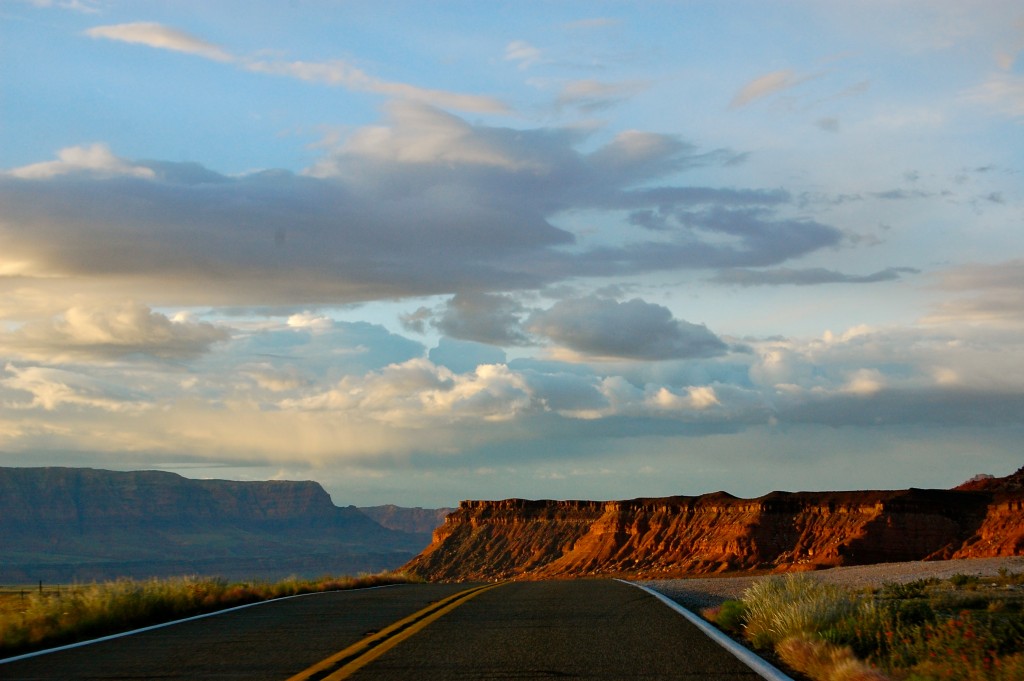“Perhaps every youth needs an occasional wilderness trip, in order to learn the meaning of this particular freedom.” -Aldo Leopold, A Sand County Almanac
May: 1,400 Miles through UT AZ & NV
There is something about being on the open road that gives the mentality of being set free. This summer embodied that feeling, of “following the wind”… and wondering as a vagabond surrounded by the bliss of nature. Vast expanses of open road connecting the human world to the natural. To start off my summer, I set out exploring the great spaces and national parks of the southwest. As my travel partner and I trucked along the road that seemed to never end beyond the horizon, I reflected on the lands that I was in, and how the Navajo once ruled these open plains. At one point in time, humans lived closer to the earth and held it and all its phenomenon to be sacred. The wind was spirit and the rivers brought life. Over time, it seems that we as a species lost touch with respecting the delicate balance of the world and have in turn created a state of vulnerability.
“As we crossed the Colorado-Utah border I saw God in the sky in the form of huge gold sunburning clouds above the desert that seemed to point a finger at me and say, “Pass here and go on, you’re on the road to heaven.” -Jack Kerouac, On the Road.
Grand Canyon National Park
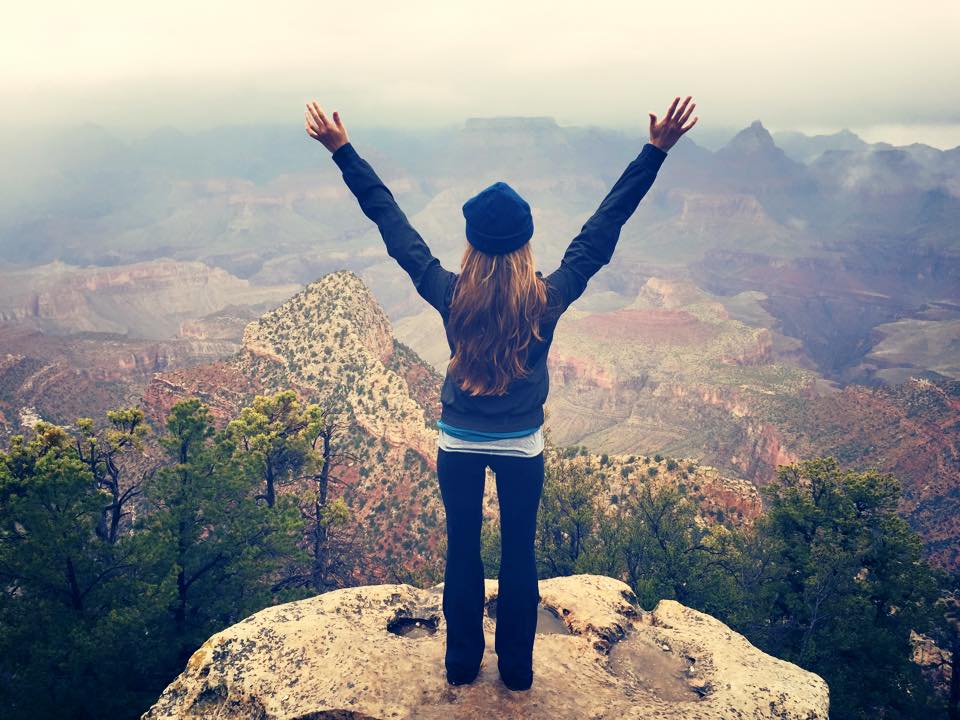
To get to the Grand Canyon, we had to cross over the Hoover Dam. A Massive feat of engineering connecting the strength of the Colorado River to the Nevada-Arizona power grid. A prime example of how nature’s might can be harnessed for human use, but the relationship isn’t completely harmonious because its environmental impacts included endangering species of fish, changing the Colorado River Delta, and ridding of natural flooding. Hydroelectric power is still considered to be a better alternative to the burning of coal and fossil fuels but “green energy” still comes with a cost. As we finally made it down the road to the Grand Canyon I stood in awe, at the magnificent rainbow of earth minerals painting the cliffs below. And was also taken by surprise that in the middle of May, it started to snow. Tourists all huddled together and embraced not being the slightest bit prepared for the weather to get the perfect view.
Arches National Park
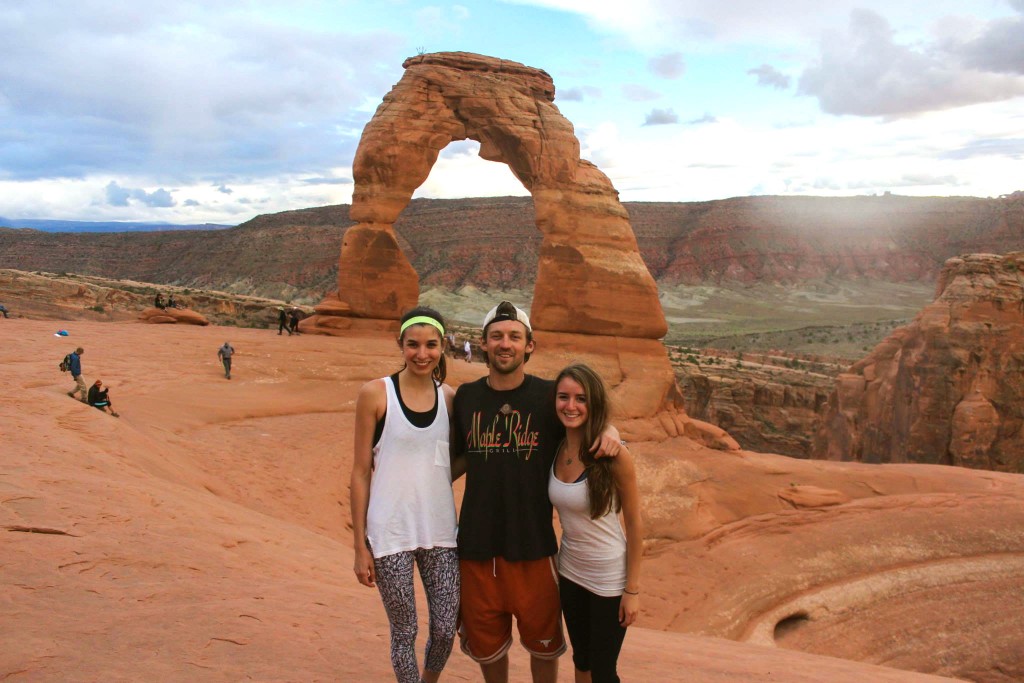
The next stop was Arches National Park, just outside of Moab, Utah. Just like life needs Goldilocks conditions, so does the formation of arches. This national park contains over 2,000 of these sculpted rocks, the most famous of which is Delicate Arch, pictured above. A combination of the perfect rock (like sandstone), precipitation, and lack of tectonic plate activity (earthquakes) allowed this park to come into existence and continue to erode into art. Here I met new friends and gazed in wonder at how amazing the entire process is.
Bryce Canyon National Park
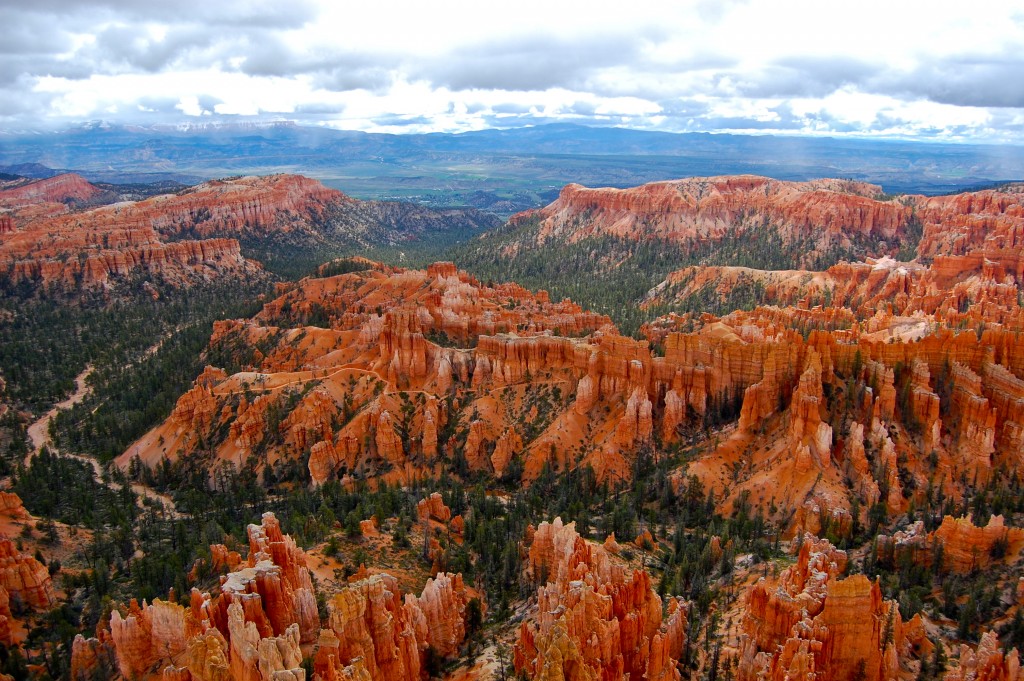
In park three of our journey, one of the first questions we asked ourselves hiking into Bryce Canyon National Park was what those brilliant bright orange jagged pillars were. Plateau transformed by frost wedging creates these totem-pole like structures called “Hoodoos”. Not too much time was spent here, but I book-marked the area to be returned to.
Zion National Park
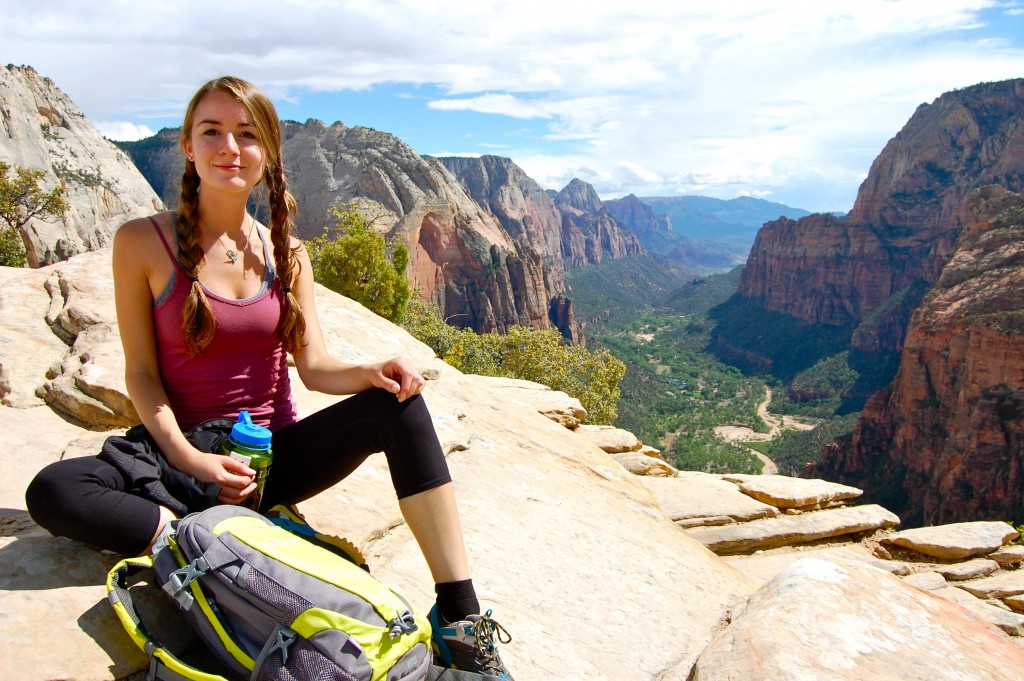
Zion National Park was the final and most prized stop of the trip. Here, the Endangered California Condors, similar to the ones that we observed in the Wild France video, are also found in Zion National Park, soar above the famous “Angels-landing” hike I completed in the photo above. It was a hike of patience and teamwork amongst strangers holding onto a single line chain with a 454-meter drop. The sense of accomplishment and beauty when arrived could be seen on everyone’s faces, thrilled to have braved their fears (in the rain) against heights for the sake of looking out onto Zion Valley.
June: The Wild West Under the Stars
Big Bend National Park
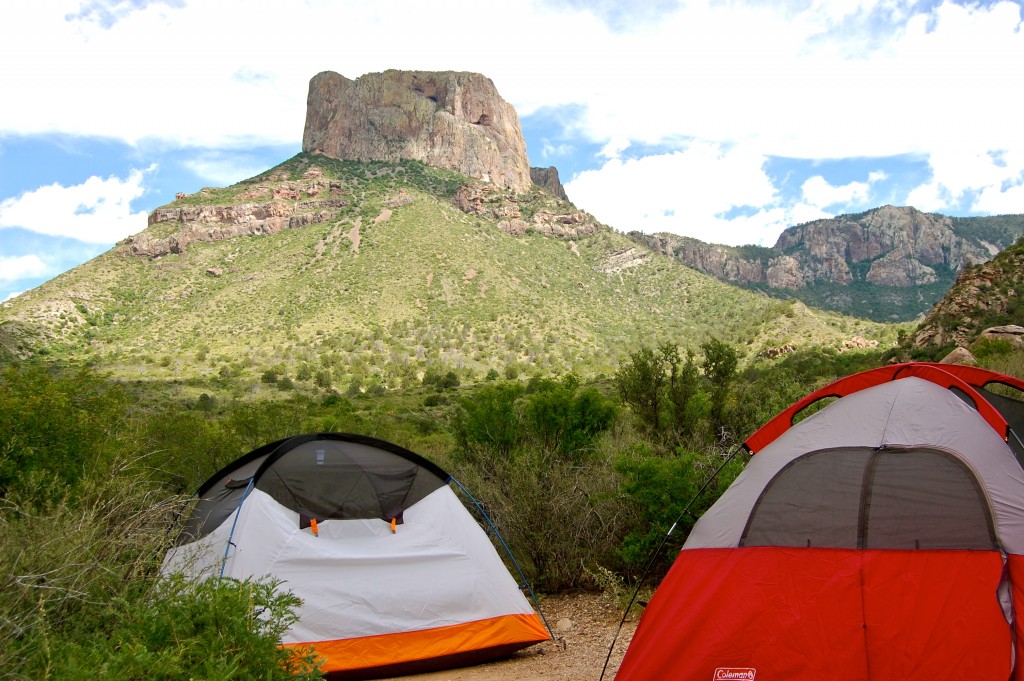
In June, after returning to Texas I found myself on the road once again heading out west to Big Bend National Park to camp under the Milky Way (which can be seen here for there is little light pollution, besides the full moon that shined that night).
The Window Hike
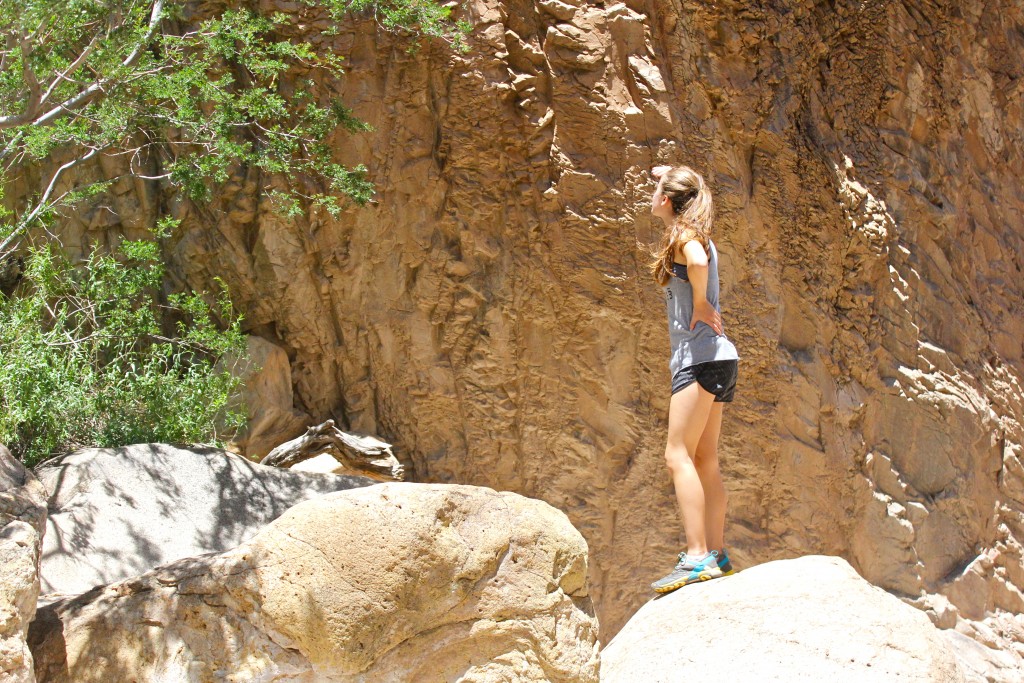
At Big Bend, we hiked “The Window” an overlook that was formed by strong gusts of wind at the opening. The sign at the entrance to the trail warned of mountain lions, bears, and snakes that roam the park. Above is a picture of me observing what looked like an Argiope aurantia also known as the yellow garden spider (the kind that makes a huge web with the signature zig-zag of silk in the center).
July: Local Retreats & Climbing
Enchanted Rock State Natural Area
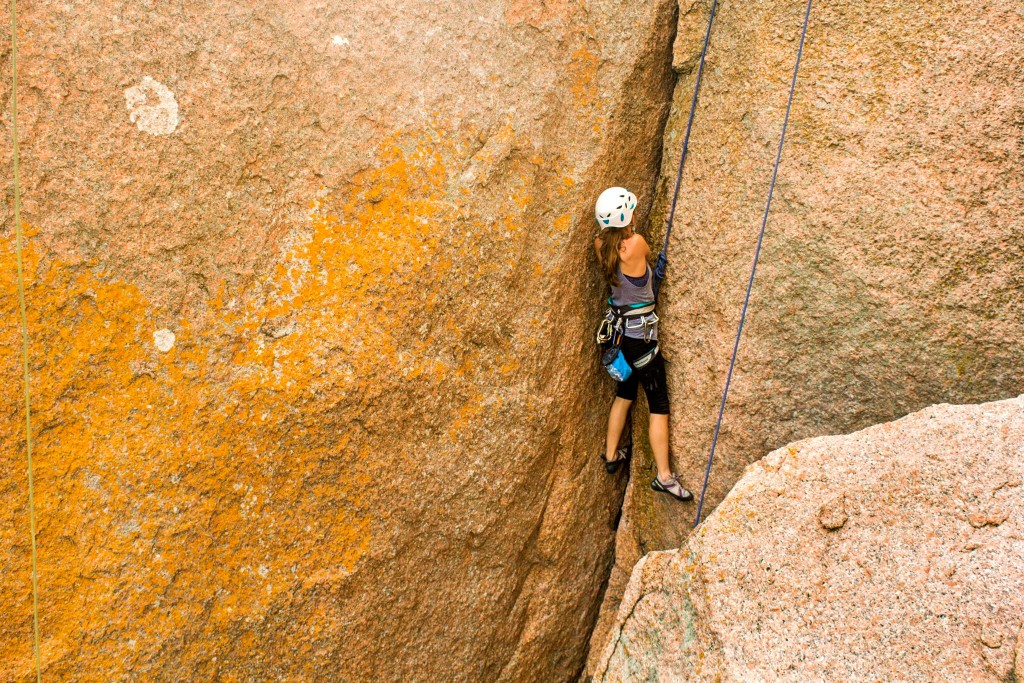
As much as I enjoy traveling long distances for an escape, the Texas hill country is scattered with state parks and preserves to keep one occupied outdoors. Enchanted Rock is located just outside of Fredricksburg TX, and is the largest pink granite monadnock (a massive rock that is emerged from a plain) in the U.S. This type of rock is perfect for “Slab” and “Crack” rock climbing (pictured above). This sport that I fell in love with combines the beauty of natural surface with personal strength. Climbing brings so much to my life, but it is important to respect the environment at the same time. The Access Fund is a “leave no trace pact” combined with initiatives to keep natural areas public or available for access to climb.
Hamilton Pool Preserve
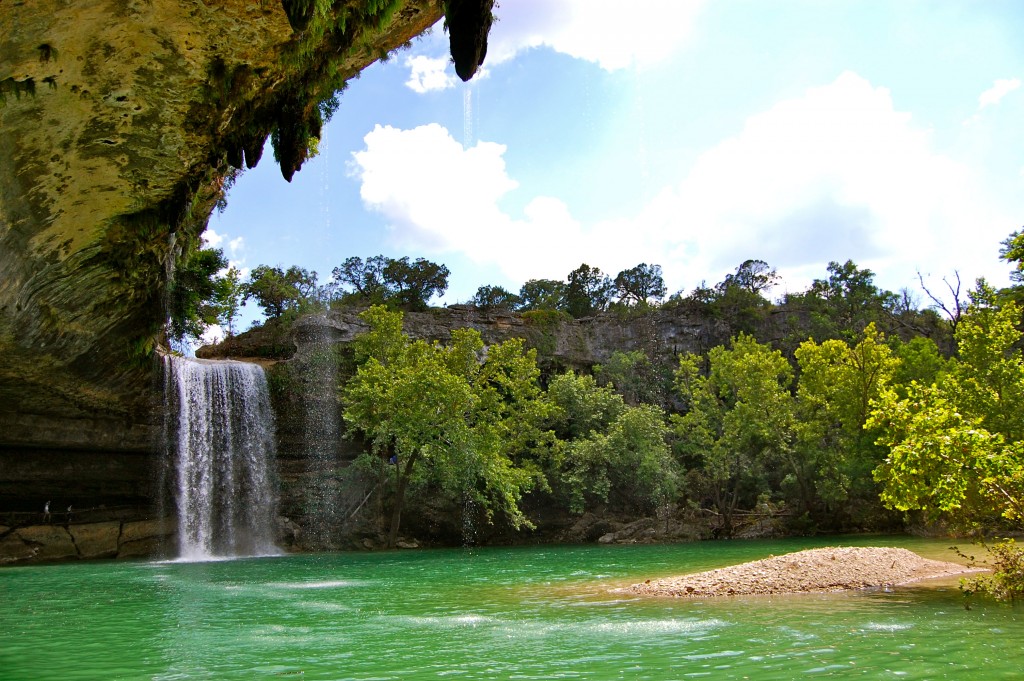
Heavy raining at the beginning of this summer brought flooding and destruction to our constructed world but beauty to places such as Hamilton Pool Preserve, in Dripping Springs, TX. Growing up near this jewel I often over looked the wonder of having this escape in my backyard, yet when I returned here with a friend I was in awe of its emerald-like water and hidden depths of turtles and fish. The overhanging ceiling was home to burrowing cliff-swallows that dove in and out of their nests. Although a popular swimming hole, the area is also a delicate ecosystem and is thankfully protected & monitored for bacteria conditions. Ceder trees (Ash Juniper) surround these parts and house the endangered Golden Cheeked Warbler.
—————-
Natural spaces are vital to our well-being, and with all that we benefit I feel there is a social responsibility to protect and conserve the environment in which we live. Protected areas and parks are perfect places to practice this and observe not only what needs to be saved but why it is so important we do. Everything on Earth is interconnected in complex ways we can only continue to explore, but I think taking the time to immerse yourself outdoors continues that research, be it for science or personal reflection.
“Let us probe the silent places, let us seek what luck betide us; Let us journey to a lonely land I know.There’s a whisper on the night-wind, there’s a star agleam to guide us, And the Wild is calling, calling . . . let us go.”- Robert William Service, The Call of the Wild
—————-
DeCourten, Frank. 1994. Shadows of Time, the Geology of Bryce Canyon National Park. Bryce Canyon Natural History Association.
Kiver, Eugene P., Harris, David V. 1999. Geology of U.S. Parklands 5th ed. John Wiley & Sons, Inc. 522-528.
Sprinkel, Douglas A., Chidsey, Thomas C. Jr., Anderson, Paul B. 2000. Geology of Utah’s Parks and Monuments. Publishers Press: 37-59
